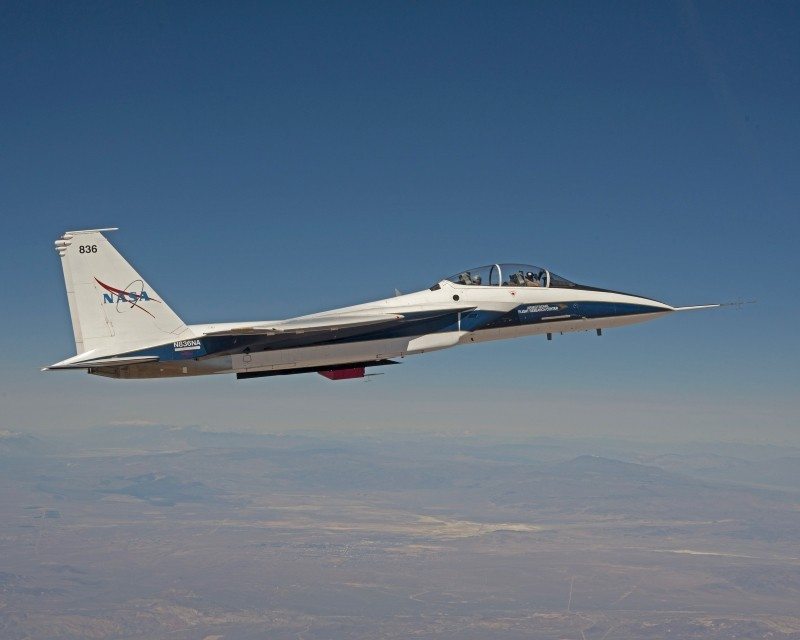NASA Develop Sonic Boom Monitoring Probe
Alexander Neil / 9 years ago

NASA are fully invested in the development of craft that is capable of achieving supersonic speeds in a way more subtle than the typical sonic boom. Having already invested $20 million in a prototype X-plane designed by Lockheed Martin, now NASA has a better way of gathering data that may make the development of quiet supersonic aircraft much easier, the Eagle Aero Probe.
Previously, the pressure sensors mounted on F-15 aircraft used to monitor sonic booms were located 15-feet away, on the aircraft’s radome, which caused a problematic delay in measuring the shockwave generated by breaking the sound barrier. Developed by Eagle Aeronautics of Hampton, Virginia, this new probe should alleviate this issue by measuring the shockwave far closer to the pressure ports located on the nose cone of the aircraft.
The probe is capable of both obtaining air data measurements from the underside of the F-15B, as well as measuring the strength of the shockwave generated from a currently unspecified part of the F-15B. Currently, the probe is attached to the F-15B’s test fixture directly underneath the fuselage in order to draw comparisons with the traditional NACA probe affixed to centerline instrument pylons, with future plans to move the probe to the nose of the craft, where it will replace the current nose boom used for shockwave probing flights.
Hopefully, the data gathered by this new probe will be highly useful in making supersonic passenger flights viable for use once again, which will be a welcome change for globe-trotters wishing to cut hours off their flights.



















